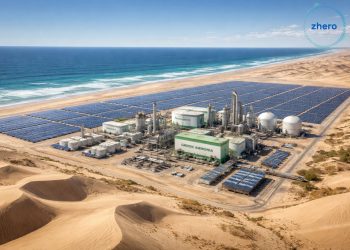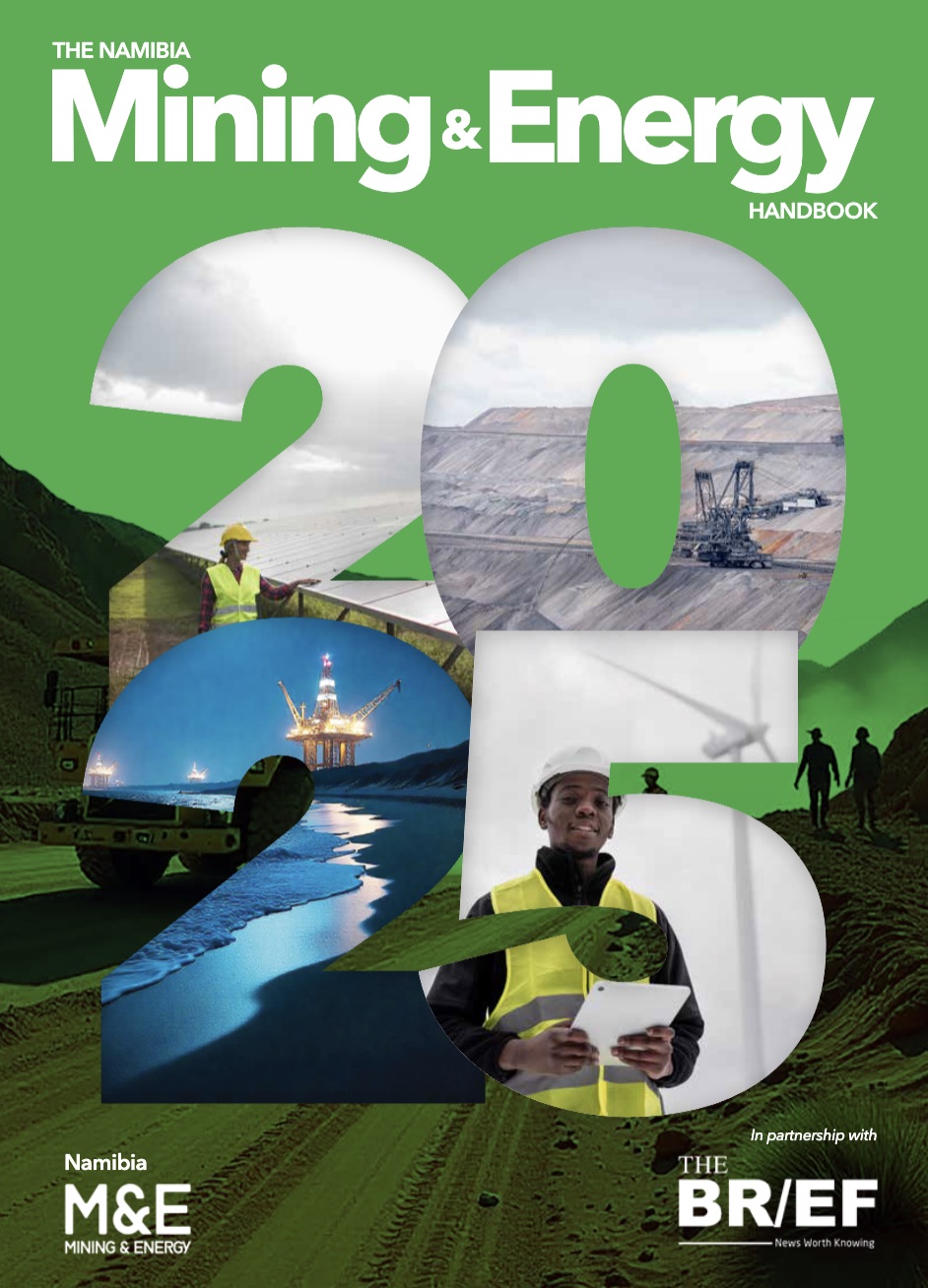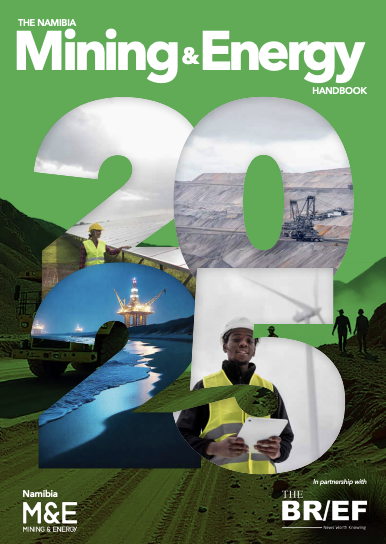
The Chamber of Mines of Namibia anticipates more exploration activities headed to Namibia in the next few years, buoyed by an 18.1% increase in exploration expenditure from 2022 to 2023.
The growth, according to the Chamber, reflects a vibrant mining exploration environment, particularly for critical minerals, gold, uranium, and copper.
Chamber of Mines President Zebra Kasete said Osino Resources, Bannerman, and Reptile Uranium played a pivotal role in driving this increase through their progressive exploration efforts as they positioned themselves for mine development.
Kasete said other major players in critical mineral and base metal exploration, such as Craton, Namibia Critical Metals, and Damaran, also contributed to the positive trend.
“It is against this backdrop, that the Chamber anticipates a significant increase in exploration interest and investment in the next few years, and with that, growing opportunity for Namibians to participate in these activities,” he said.
“The challenge, however, remains for Namibians to effectively raise financing for exploration projects. Namibians need to be empowered with the knowledge and skills on how to raise funds for exploration, enabling them to become active partners and contributors to projects. Overcoming this challenge requires collective collaboration between education and finance institutions, the Ministry of Mines and Energy, and other stakeholders to equip locals with the know-how and skills to successfully raise capital for exploration projects,” he said while providing an overview of the mining sector’s performance.
Kasete added that the 2023 GDP figures highlight the growing importance of the mining industry relative to other sectors, which is expanding its contribution to the Namibian economy.
Specifically, the mining industry’s contribution to GDP increased to 14.4% in 2023, from 9% in 2021 and 11.9 % in 2022.
“Once again, Namibia’s mining industry achieved remarkable growth in 2023, which registered 18.9%. The lower growth rate of 18.9% in 2023, compared to the previous year’s (2022) growth rate of 24% is attributed to a slower increase in diamond mining production,” he stated.
For the 2023 financial year, Kasete also said there was an 18.3% growth in gross fixed capital formation (fixed investment) and exploration although only calculated on nominal terms.
“Although this figure hasn’t been adjusted for inflation, it’s reasonable to assume that real fixed investment also saw positive growth due to the robust performance in nominal terms. This surge was primarily driven by capital expenditures in mining operations aimed at enhancing production and mining processes. Additionally, a significant portion of the fixed investment resulted from the restart activities at the Langer Heinrich mine,” he added.
However, on the flipside, the Chamber president said total exploration spending by mining and exploration companies declined attributed to reduced exploration expenditure by mining companies, likely influenced by their increased capital spending.
Kasete said Namibia achieved record gold and uranium production, reaching 9,800 kilograms and 8,283 tonnes, respectively, representing an annual growth of 31% for gold production and 24.5% for total uranium production.
“Gold production benefited from expanded mining and processing capacity at the Navachab mine, as well as better-than-expected grades from the underground Wolfshag operation at B2Gold’s Otjikoto mine,” he said.
“Meanwhile, the increase in uranium production resulted from several factors, including reduced production delays caused by better management of water supply disruptions, enhanced efficiency in processing plants at Husab and Rӧssing, and a positive uranium price environment.
“Despite a slowdown in demand and declining diamond prices, Namibia managed to increase diamond production by 6.3%. This achievement was attributed to expanded mining capacity and successful operational ramp-up efforts by Namdeb and higher production from Debmarine’s offshore operations,” he added.







